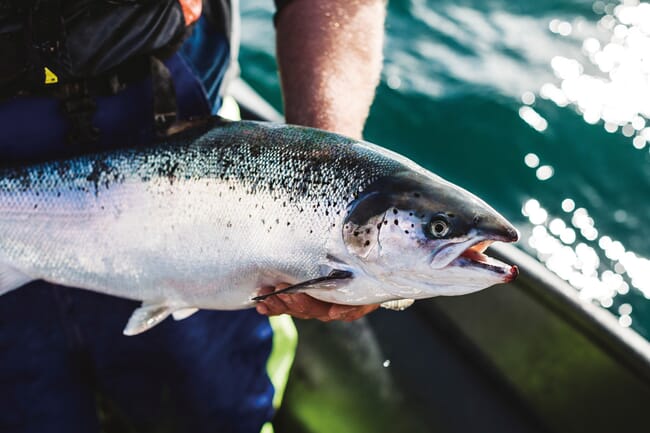
Following the recent cyber-attack targeting JBS, suspending operations at its nine beef processing plants across the United States, foodservice operators have been left unsure of their beef supply, leading them to look to seafood as a desirable alternative for the premium protein sector.
The beef supply chain already saw disruption due to the Covid-19 pandemic, seeing a spike in prices and a reduction in supply, and this latest news is leading chefs to explore options to keep customers satisfied.
"I am absolutely concerned with my supply chain; particularly around centre of the plate," says John Serock, John Serock Catering, West Chester, PA. "We have over 350 weddings and events scheduled this summer; all of which have set menus and pricing. We are actively considering how we can pivot from beef to more seafood-based menu items--both centre of the plate and in our appetisers," he added.
Answering the call, Seafood from Scotland is emerging in the US as a reliable and readily available protein source for foodservice, retail and consumers across the US. Seafood is Scotland's largest food export, reaching over 120 countries with over 60 species available commercially including both wild- caught and farmed seafood.
A press release from Seafood Scotland explains that opting for Scottish seafood instead of a different animal protein can be an environmentally sustainable choice. The Scottish seafood industry is rigorously managed and regulated to ensure responsible fishing and farming practices are employed, with minimal impact on the marine environment. Scotland holds more Marine Stewardship Council (MSC) accreditations than most EU countries and has been a pioneer in alternative approaches such as the Conservation Credits system.
"Salmon is a big part of my menu offering. It has high perceived value and is easy to prepare. We use seafood from Scotland as we appreciate the consistent quality, availability and price," says John.




